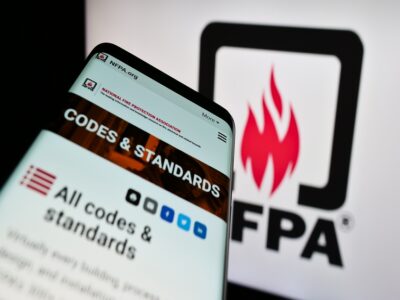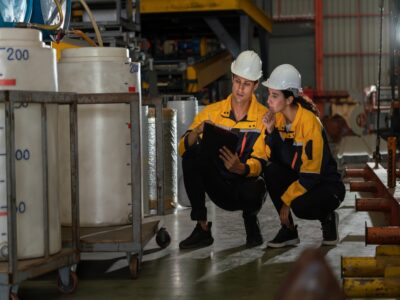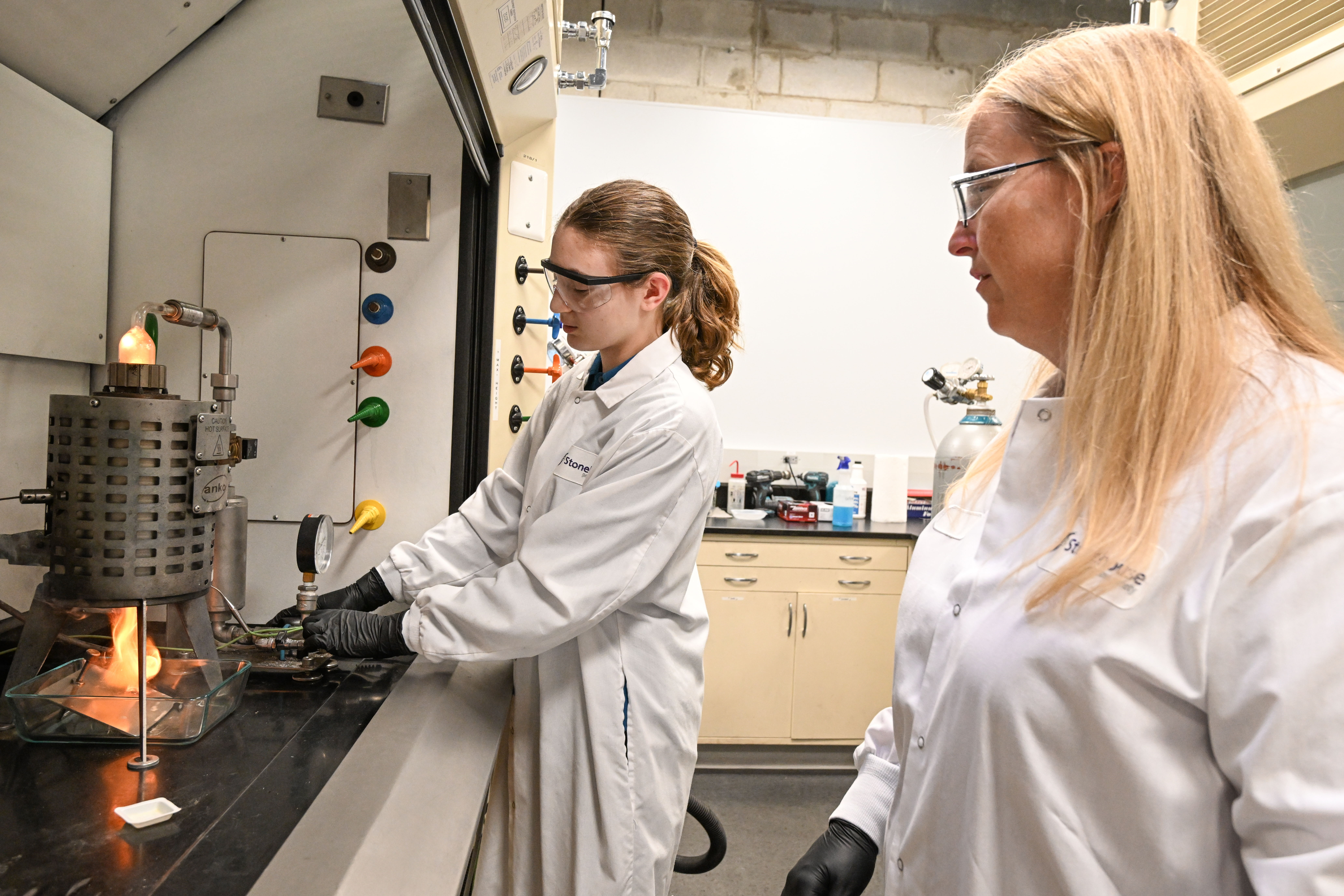
Know your Dust: How to Select the Correct Laboratory Tests Under NFPA 660
This article explains how to select the correct combustible dust tests required for a Dust Hazards Analysis (DHA) under NFPA 660.

ATEX, ATEX EN, & IEC Standards: Complete Guide for Combustible Dust and Explosive Atmosphere Compliance
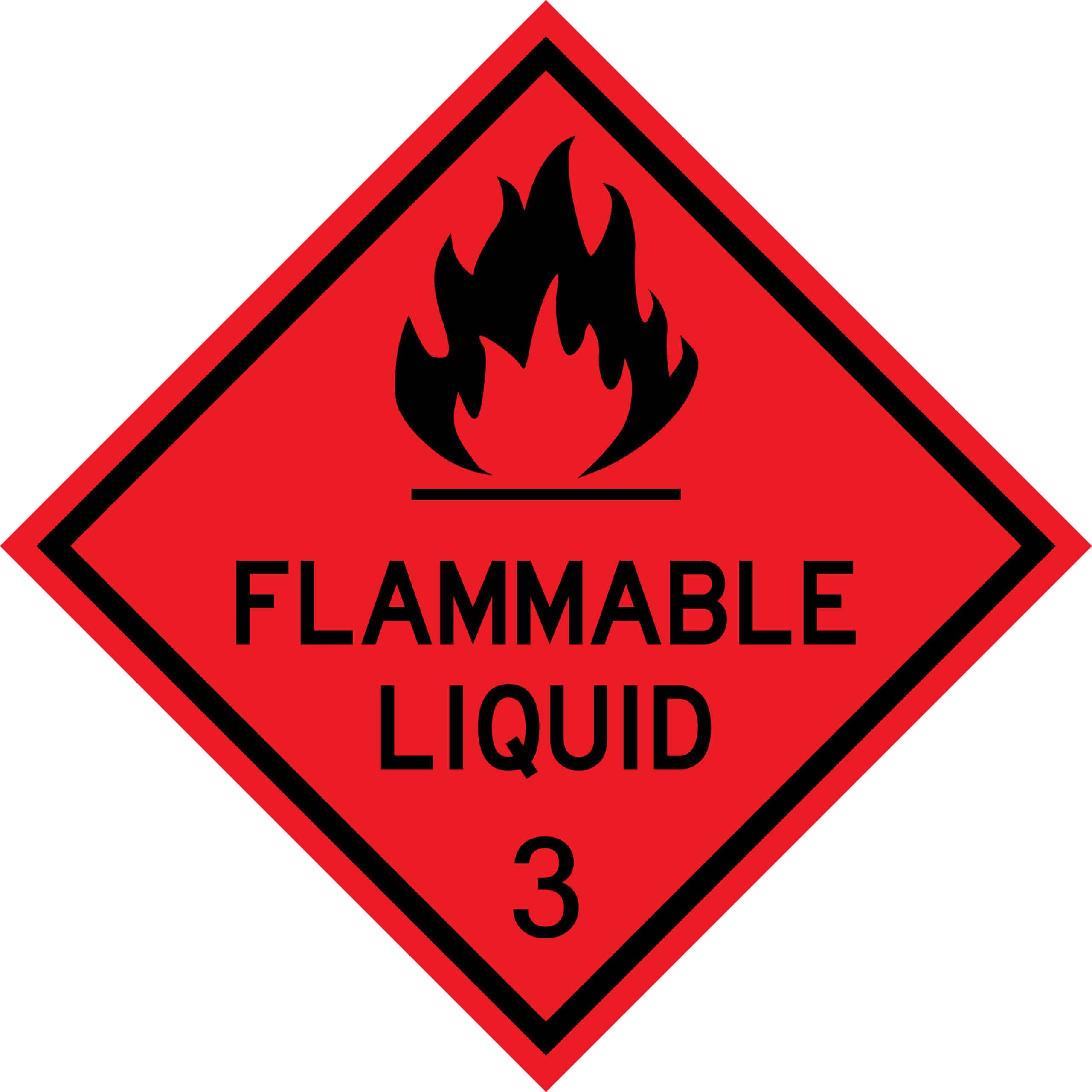
What is a flammable and combustible liquid?
In process safety we often hear the terms ‘Flammable Liquid’ and Combustible Liquid’ used, sometimes seemingly interchangeably!
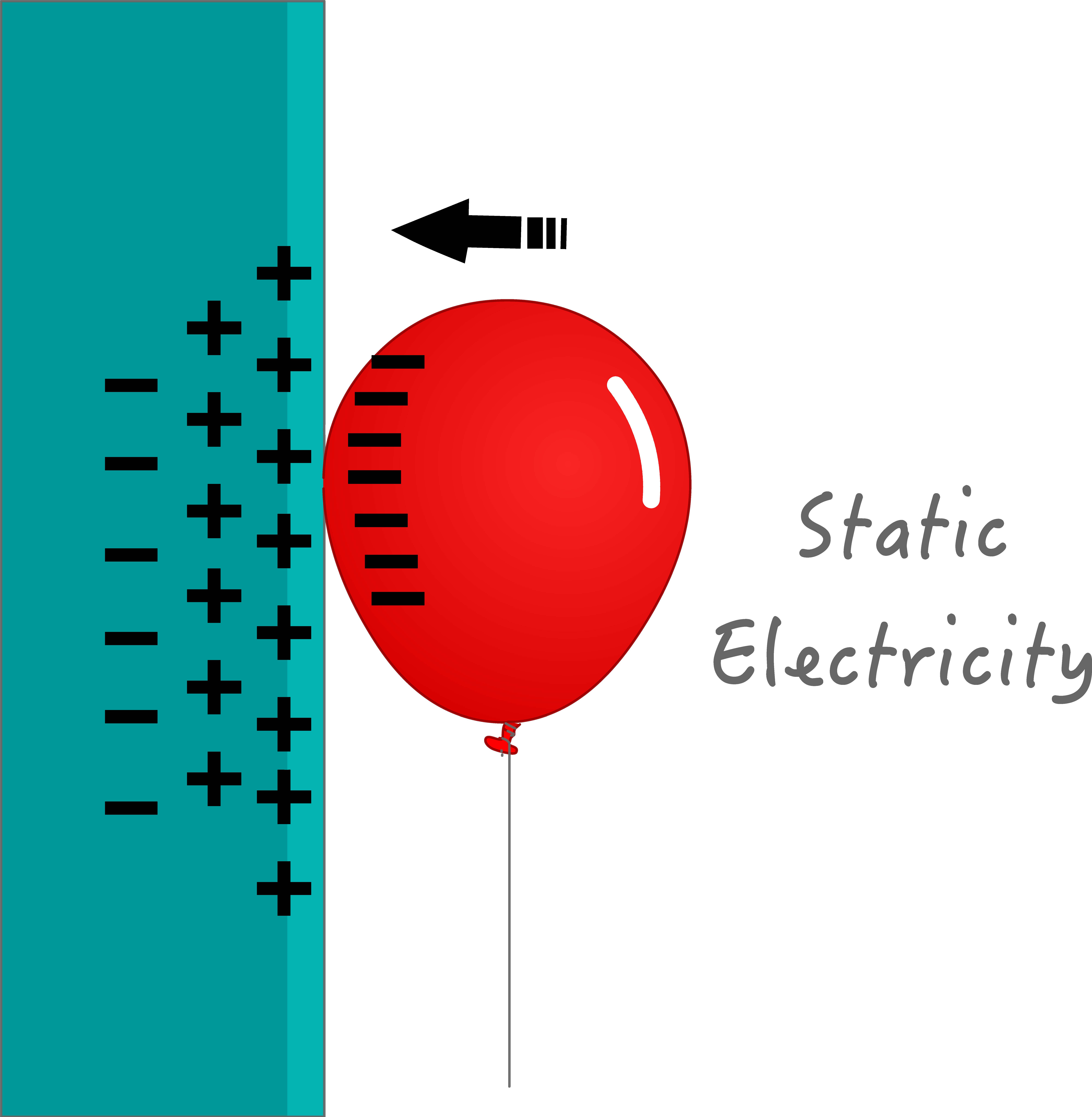
Flammability – Static Electricity in Plastic Liners and Drums
In this article, we look at electrostatic discharges from insulating surfaces. The phenomenology we describe here is what is behind best practice to
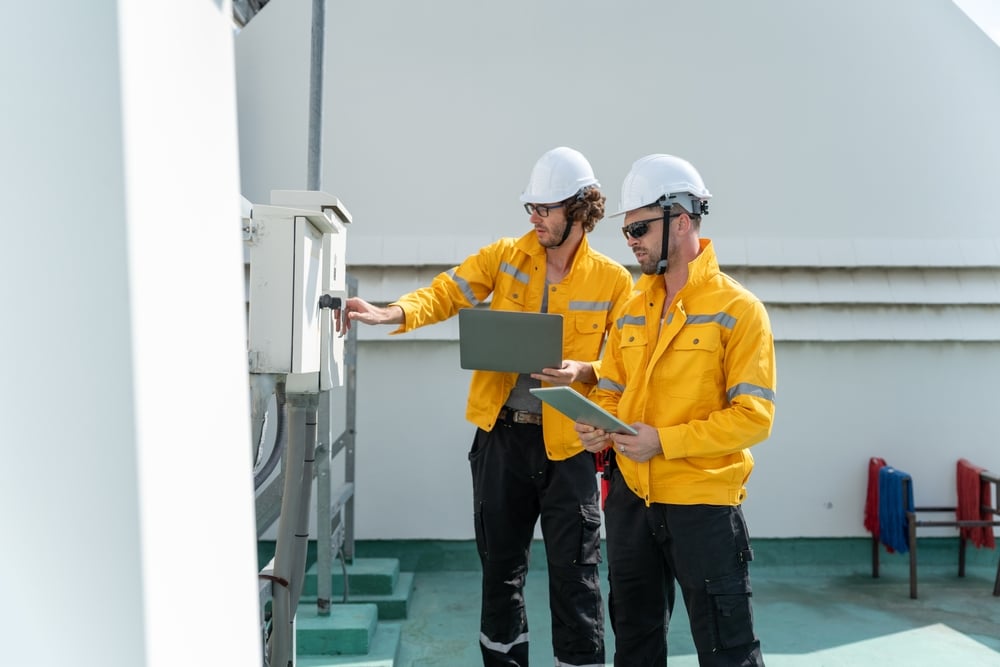
Electronic Devices in Hazardous Locations
Here is a look at some potential hazards with the use of mobile phones in Hazardous Locations.
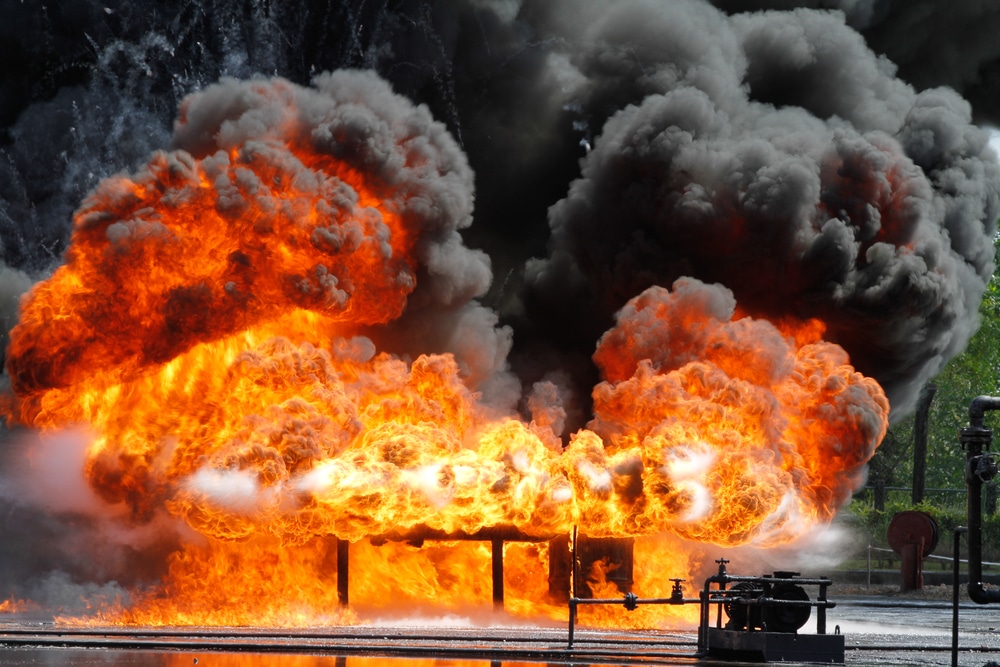
What is the difference between fires and explosions?
In process safety we often talk about fires and explosions. But what is the difference between these physical/ chemical processes.
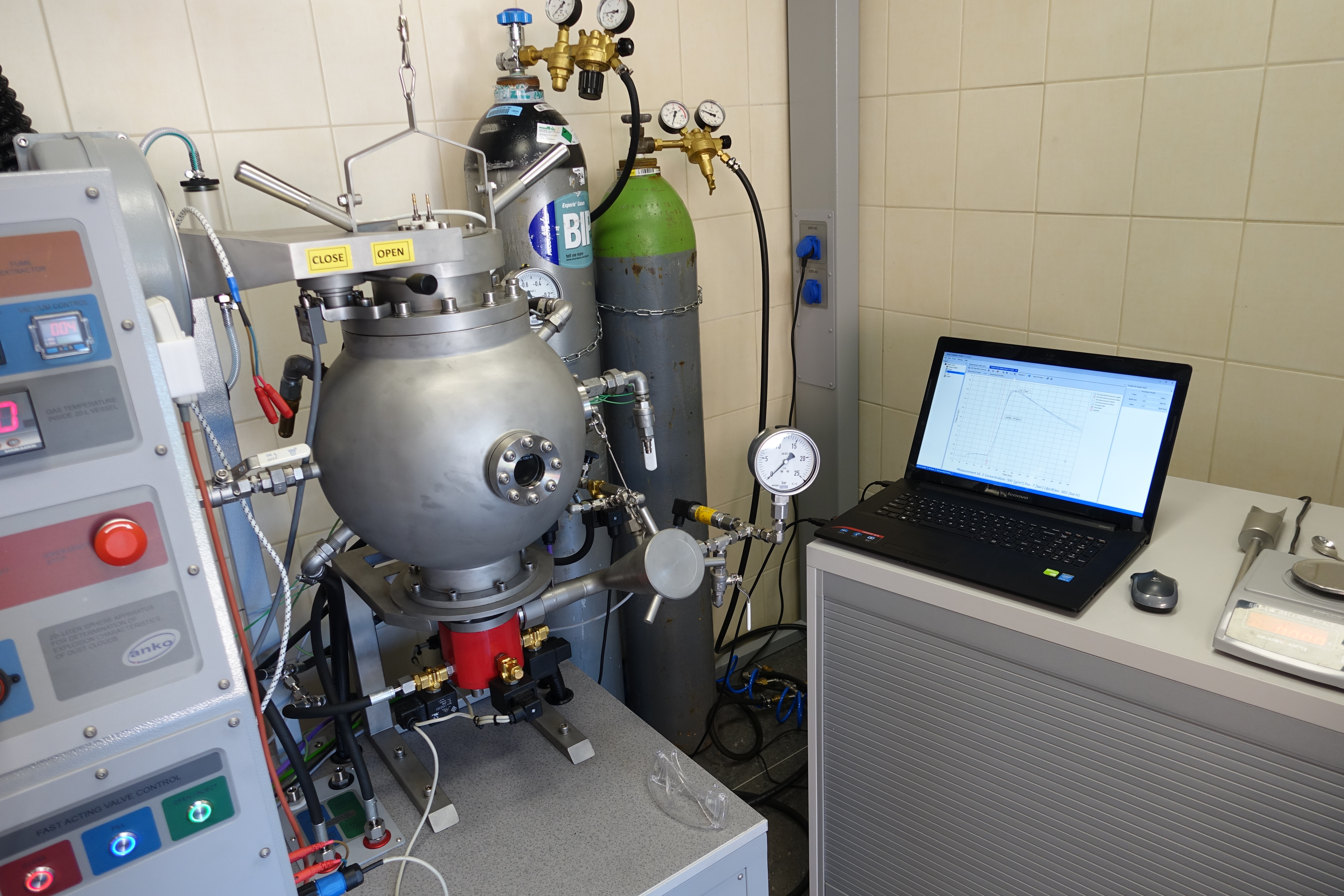
What is Kst, Pmax…?
If you have any interest in dust explosions, you will have heard of the mystery term ‘Kst’ value.

When a Checklist Isn’t Enough: Choosing the Right Process Hazard Analysis (PHA) Approach for Your Industry
What Is a Process Hazard Analysis (PHA)?
A Process Hazard Analysis (PHA) is a systematic method used to identify and evaluate the potential hazards as

Process Safety Management (PSM) Done Right: Keeping People, Plants, and Profits Safe
What is Process Safety Management (PSM)?
Process Safety Management (PSM) is a structured, OSHA-mandated system focused on managing hazards associated
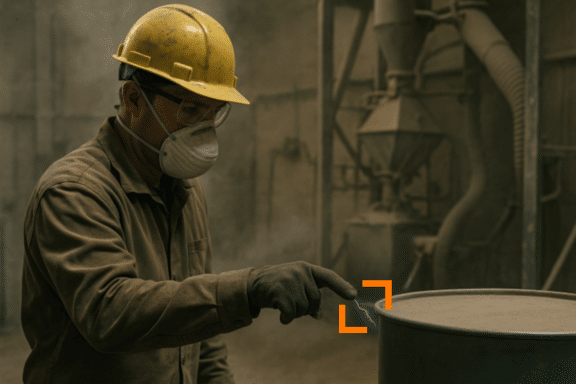
Static Electricity and Combustible Dusts: Are All Electrostatic Discharges Hazardous?
Control of static electricity is such a critical part of process safety and NFPA 660 mandated dust hazards analysis (DHA).

Understanding Exploding Dust: Online Course Now Available
Stonehouse launches on-demand training to meet regulatory and operational needs
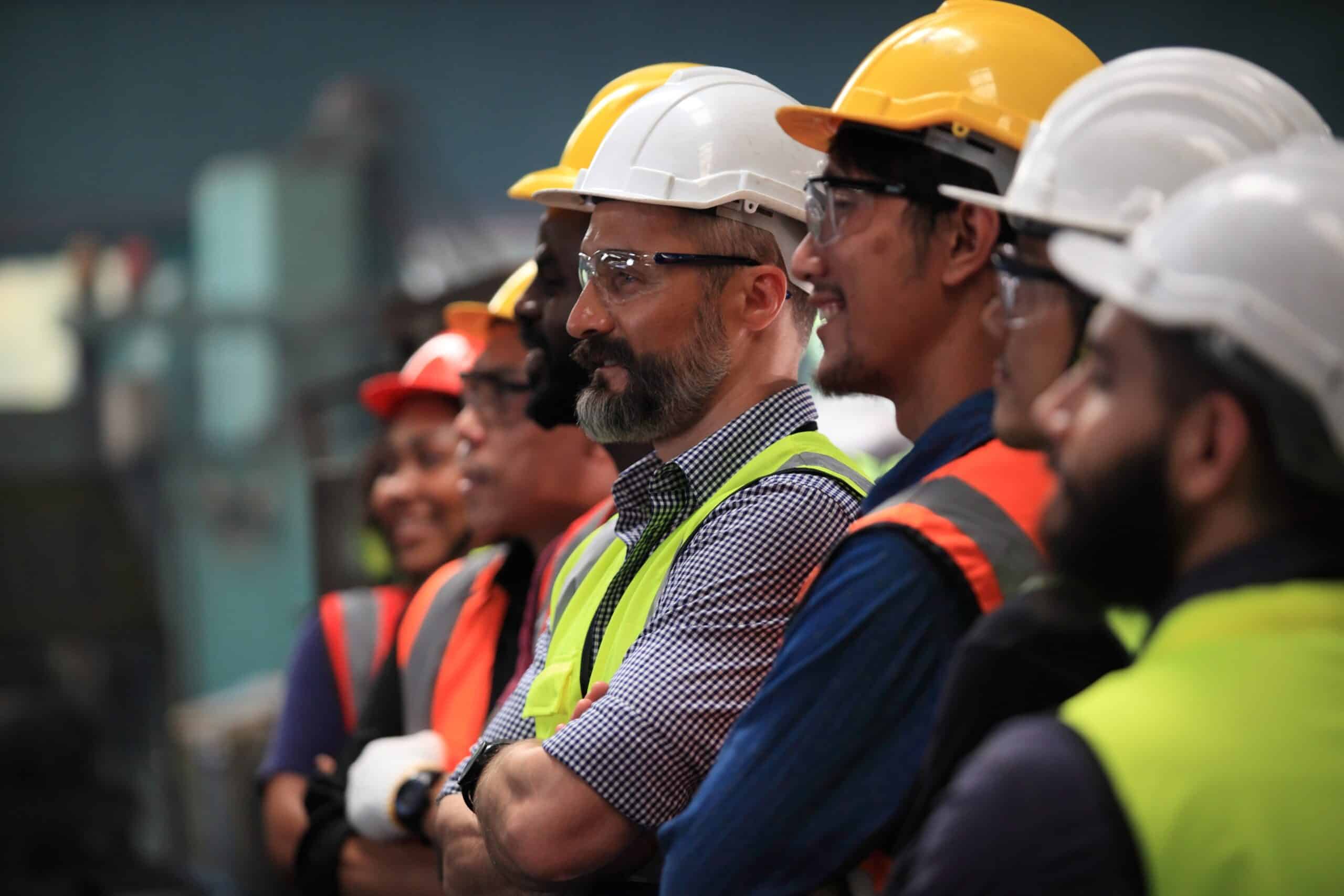
Safety First, Laughs Second: Process Safety Done Right
Do you think that Process Safety should ever be fun?
